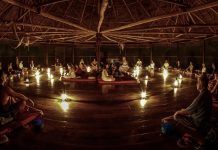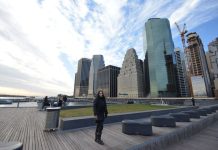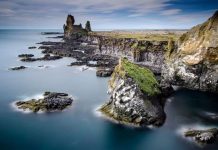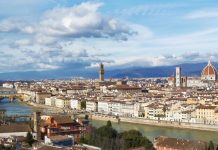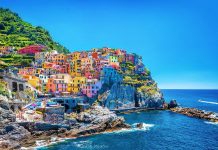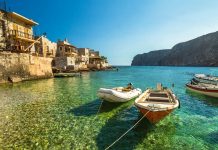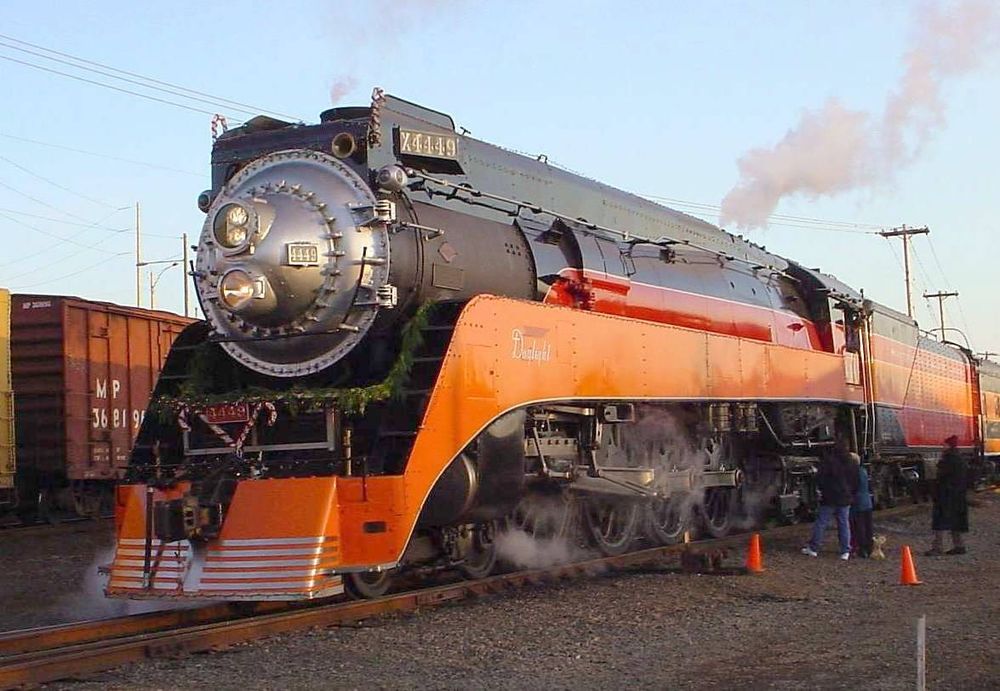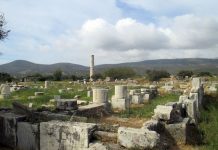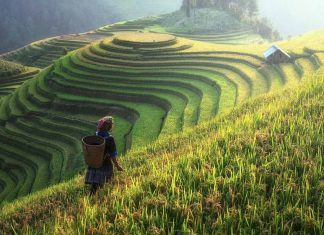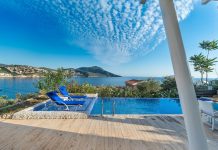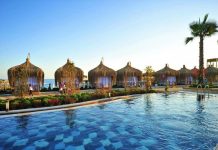The entrance door and distribution main center is Pérez Zeledón’s city, its limit extends through the canton’s edge, including the Fila Tinamastes attractions, such as the Cataratas of Nauyaca (waterfalls), Platanillo town and even the Barú River, where the coastal sector, that extends to Punta Burica with a total of 490 km, initiates.
The main activities include beach enjoyment and marine resources, such as whales and dolphin’s observation, as well as mangrove swamp’s, landscapes, reptilian, sport fishing, surfing, hiking through the National Park’s paths, professional diving, the energetic walks to the Chirripo’s summit, botanical gardens, protected areas’ impressive waterfalls… they are all part of the main product offered by the touristic unit that can be reached through this information bureau. Ecotourism features as the main product, especially the one that is carried out among the Humedal Sierpe-Térraba; the Golfo Dulce Forest Reserve, the Ballena Marine National Park, the Isla del Caño Biological Preserve and the Corcovado National Park.
The beach’s tourism possesses a wide potential in the coastal sector of Dominical-Piñuela; Platanares Beach; Zancudo and Pavones. The mountain’s product identifies itself in the Cordillera de Talamanca’s Mountain subunit, where San Gerardo de Rivas and San Vito of Coto Brus stand out as access centers to Chirripó National Park and the Friendship World Patrimony site.
Additionally, there is a high potential in the rural tourism development, in country settlements distributed along the region. Two important protected areas are located in this zone, one is the Corcovado National Park, which National Geographic Magazine defines as “the planet’s biologically richest place” and the Humanity Biosphere Preserve, declared as Humanity Patrimony and part of the Amistad International Park.
Tourist Attractions
RÍO EL GENERAL
Flowing out of San Juan Lake in Chirripó National Park, this river becomes the Río Grande de Térraba before emptying into the Pacific. The longest (196 km) and one of the mightiest rivers in the country, this river offers rafting trips through rapids in certain stretches, such as Las Juntas de Pacuar al Brujo.
NAUYACA WATERFALLS
Located some 12 kilometers from Dominical on the highway to San Isidro de El General, these lovely waterfalls are also known as the Santo Cristo or Don Lulo waterfalls. Visitors arrive on horseback to enjoy the beautiful falls surrounded by greenery, and to swim in the large, safe pool.
PLAYA DOMINICAL
This beach’s big waves are ideal for surfing. The place is also popular with campers, with facilities available. Tours and excursions can be taken from Dominical to neighboring places of great scenic beauty, such as the Nauyaca waterfalls and nearby hills offering spectacular views of the entire coastal area. Dominical offers a variety of tourism services and shops.
PLAYA DOMINICALITO
The moderate surf here is perfect for swimming and other water activities. At the south end of the beach lies Punta Dominical, which features a lush tropical wet forest. This, and the spectacular surrounding landscape, offer great enticement to nature-lovers.
PUNTA DOMINICAL
The viewpoints on this rocky hill swathed in vegetation offer views of Dominicalito, Roca Árbol island and the stunning mountain and maritime landscape stretching southwards.
PLAYA HERMOSA
This beach is connected to Playa Uvita to the south by a sandy tongue, or tombolo, in the shape of an anchor that can be explored at low tide, when different species of crab, fish, mollusk and algae may be observed. From this spot both beaches may be viewed, as well as the beautiful Fila Costeña mountains.
PLAYA UVITA
One of the most stunning beaches on the Southern Pacific coast, Uvita features moderate surf safe for swimming, as well as estuaries and mangrove swamps, especially at its north end. South of the Quebrada Villegas estuary is a lovely line of coconut palms. Near the south end of the beach is Quebrada Colonia. This beach is ideal for walking and horseback riding, as well as observing the marine life around Punta Uvita.
PUNTA UVITA
Rich in marine life, this tongue, or tombolo, features a reef that shelters it from dangerous currents and strong surf, making it a perfect place to swim and cool off in its waters. It’s also a popular spot among divers.
UVITA MANGROVE SWAMP
Located behind Punta Uvita, this mangrove swamp is rich in typical coastal flora and is home to several species of seabird, including the little blue heron, the white ibis and the osprey.
ISLA BALLENA
Accessible only by boat or panga, this island is an extraordinary place for diving and observing the variety of marine species.
PLAYA BALLENA
Featuring little surf and fine sand, this beach is set in a breathtaking coastal landscape that includes Isla Ballena less than three kilometers offshore. Playa Ballena, along with Isla Ballena and Rocas Tres Hermanas, make up part of Ballena National Marine Park, which stretches from Punta Uvita to Punta Piñuela. The park’s waters are visited by humpback whales every year from August to October and from December to April.
PLAYA PIÑUELA
A beautiful, small cove with moderate surf, Piñuela is great for swimming, especially at its south end. Behind the beach is a steep, mountainous slope covered with greenery. A small promontory lies north of the beach, close to which the Quebrada Piñuela empties into the sea. Isla Ballena may be viewed from here.
PLAYA VENTANAS
Though small, this beach is surrounded by lovely scenery. Ventanas (“Windows”) gets its name from the rocky promontory at its north end featuring holes in the rock that can be explored at low tide.
PLAYA GARZA
Located south of Boca Brava, this beach is not suitable for swimming; however, its waves are excellent for professional surfing.
SIERPE
This small community lies 15 kilometers from Palmar Norte and Sur, on the banks of the river of the same name. Sierpe offers commercial services and accommodations, as well as water transportation companies that can take visitors out to sea to visit Isla del Caño, or fish or dive nearby. A good number of tourists access Corcovado National Park via the Río Sierpe, and many bird, animal and reptile species can be seen on this trip.
PLAYA DRAKE
This beach is made up of highly scenic rocky areas and coves. Frequent rains nourish a very wet tropical forest rich in biodiversity. Many sport-fishing and diving tours to Isla del Caño depart from Drake, as well as tours to Corcovado National Park. Visitors can hike or horseback ride to nearby attractions. Every February, the landing of pirate Sir Francis Drake at this spot is commemorated with official and local celebrations.
PLAYAS DE MATAPALO
At the south end of the Osa Peninsula lies Cabo Matapalo, close to which are several stunningly beautiful coves and beaches set in very wet tropical forest, home to several species of birds, monkeys and other animals. Waterfalls and other natural features make exploring the rich biodiversity a delight. Beaches popular with surfers include Matapalo, Backwash and Pan Dulce, all of which offer excellent conditions for this sport.
PLAYA TAMALES
Located south of Puerto Jiménez on the road to Matapalo, this long beach is shaped in a half-moon, and features rocky coastline to the south and the mouth of the Río Tamales near its center. The surf is gentle to moderate depending on location. Birds may be seen among the coastal greenery.
PUERTO JIMÉNEZ
Situated at two meters above sea level, this community is the best place from which to access Corcovado National Park. Good commercial and tourism services are available, including several leisure, adventure and sport-fishing companies. Jiménez is reached via Chacarita on the Interamerican highway, or by daily boat service from Golfito.
PLAYA PLATANARES
A large, pleasant beach featuring coastal vegetation, mangrove swamps and the mouth of the Río Platanares, this is an excellent place for sunbathing and enjoying the ocean. Stretching south from Punta Arenitas, Platanares is very popular with the residents of Puerto Jiménez, as well as the tourists who come here on their way to Corcovado and other destinations on the Osa Peninsula.
PLAYA BLANCA
Located two kilometers form the village of La Palma, this beach features moderate surf and is popular with the village’s residents. Set on Golfo Dulce and surrounded by mountains perennially clothed in green, Playa Blanca is a lovely spot.
GOLFITO
The only city in the country found inside a protected area, Golfito rests on a long strip set in a small cove on Golfo Dulce. The place is characterized by the architectural style of the houses of the Banana Company, which for many years managed every aspect of banana production. The town features commercial and tourism services, a hospital, airfield, wharf and other government services.
Several tourism companies provide lodging, food, tours and other services. Among the city’s main attractions is the Depósito Libre Comercial de Golfito, where a variety of items can be bought duty-free. Golfito is the perfect departure point for visits to other coastal communities such as Puerto Jiménez and Zancudo, as well as tours to the Gulf, Río Colorado, Drake and Playa Cacao, among other destinations.
PLAYA CACAO
Though Playa Cacao is located just two kilometers from Golfito, the best way to get here is by boat (panga). Little surf makes it a very safe place to swim. Green with plant life, Cacao is a great place for walking around and observing the flora and fauna. The town of Golfito can be seen from the beach.
PLAYA ZANCUDO
A long beach with fine sand and moderate surf, Zancudo features a lovely estuary and plenty of coconut palms and tropical greenery. It’s a great place for swimming, sunbathing and walking, as well as other recreational and sporting activities. Sport-fishing and whale- and dolphin-watching tours are offered.
PLAYA PAVONES
This rocky stretch of coast offers beautiful scenery, thanks to its luxuriant plant life and small bays ideal for swimming. Set on a small cove, Pavones’ main attraction is its open ocean surf, which forms the world-famous long left wave that draws many surfers to this beautiful and remote spot. To the south, horseback rides and long walks to the least explored stretch of coast in Costa Rica may be enjoyed.
RÍO GRANDE DE TÉRRABA
Formed by the El General and Coto rivers, which are fed in turn by tributaries originating in the Cordillera de Talamanca, this river runs 160 kilometers and forms the country’s largest hydrographic basin at 2,171 square kilometers. Its many mouths and deltas make up part of the largest wetland in Central America. The Río Grande de Térraba is considered the most important river in the Southern Zone because of its socioeconomic significance.
INDIGENOUS RESERVATIONS
The Southern Pacific region is home to several indigenous groups: the Cabécares, Guaymies and Borucas. Though the Ujarrás, Salitre, Cabagra, Boruca, Térraba, Limoncito de Coto Brus, Abrojos Montezuma, Conte Burica and Península de Osa reservations may also be visited, few of these indigenous groups preserve many of their old traditions.
Térraba Indigenous Group. Found in the Buenos Aires canton, Puntarenas province, in Térraba and other hamlets in the Boruca-Térraba Reservation, these indigenous people have similar agricultural and domestic practices and wear similar clothing as the area’s other country folk, and acquire what they need in the local store. Currently they live in houses made of precut wood and zinc roofs. This group is very small and has almost lost its language, which in general is now spoken only by the very old.
Handicrafts fashioned by this group include wooden masks made of balsa or cedar. They also make large, beautiful baskets, called javas, triangular at the bottom and round at the top, out of a type of bejuco (a kind of liana) called hombre grande. Musical instruments such as drums, maracas and flutes are fashioned as well. In Boruca and Rey Curré, visitors can acquire handicrafts fashioned using traditional techniques and enjoy traditional dances such as Danza de los Diablitos and Danza de los Negritos
La Fiesta de los Diablitos: Representing the fight to the death against the Spanish culture invading indigenous territories, this festival displays indigenous traditions, customs and beliefs. The tradition dates back to colonial times and has been handed down orally from generation to generation. Two central characters appear in the festival: the bull, representing the Spanish, and the devils, representing the indigenous. The devils have their own hierarchy. There are greater devils and lesser devils (men dressed as women). Accompaniment includes a flautist, drummer, guitarist, violinist and accordionist. Greater devils are responsible for order and discipline. Costumes used in the dance are very simple: a burlap-sack frock and a balsa or cedar mask.
The masks used in the festival are generally fashioned by the devils. Some decorate them with natural dyes and paint mustaches or beards on them. The bull has a carved cedar head, glass eyes and real bull horns. The festival lasts three days; however, preparations begin December 28 in Boruca. The event starts on December 30 and ends January 2 with the slaying of a bull in the center of the village. Afterwards the meat of the animal is sold to anyone wanting to buy it.
La Fiesta de los Negritos: Another important activity that takes place from December 6 to 8, this event’s preparations are similar to those of the Fiesta de los Diablitos. Participants paint their faces with soot (coal), but use no special costume. A greater devil leads the event. In Boruca, they play with a carved wooden bull and colt, while in Térraba they use a cow and filly.
Guaymí Indigenous Group. Until just a few years ago, this indigenous group was semi-nomadic. They are mainly found in Villa Palacio de Brusmalis en Coto Brus, on the banks of the Río Limoncito, Alto Conte, Península Burica, Bajo de los Reyes, Abrojo and San Miguel de Ciudad Neily. Their homes generally consist of two structures: one with a straw roof, usually for cooking, and the other with a zinc roof and walls of palm or wild cane, where the family lives and goes about their daily activities. Their beds are platforms nailed to the walls of the house.
The Guaymi use bags known as chácaras, which are woven in all sizes using materials such as nylon, pita fiber and bark. Handiworks fashioned include necklaces made of plastic beads in red, white, blue, yellow and black, called nuñungas. The Guaymi are also skilled at making drums, maracas and flutes. The double drumheads are made of peccary or armadillo hides, and the wood used to make the drums is mainly balsa or cedar.
BORUCA INDIGENOUS COMMUNITY MUSEUM
This building evokes the typical ranches used by the Boruca as traditional homes, of which very few remain in the region. The meeting place for the artisans’ committee, it is also used as a craft workshop for training and reviving the community’s traditional activities. The natural techniques and dyes used to fashion handicrafts are exhibited, and are examples of an important occupation and indigenous tradition.
TÉRRABA INDIGENOUS COMMUNITY MUSEUM
This museum is part of the Térraba Culture Center, made up of the House of Indigenous Health, the Cultural Ranch, Medicinal Plants Cultivation and the Indigenous Community Museum. Exhibited items include an old stove and bed, bows, arrows and other implements that are part of the Térraba indigenous community’s history.
SAN VITO, COTO BRUS
San Vito is the seat of Coto Brus, one of the country’s newest cantons. In 1951, the Italian Agricultural Colonization Society (SICA) established an agreement with the Costa Rican government by which an Italian colony would be founded to develop the region. The process has been so rapid that today San Vito is a booming city offering various commercial, health and tourism services. It has two interesting communities: Sabalito, on the border with Panama, and Agua Buena. Coffee is a product par excellence of the region.

